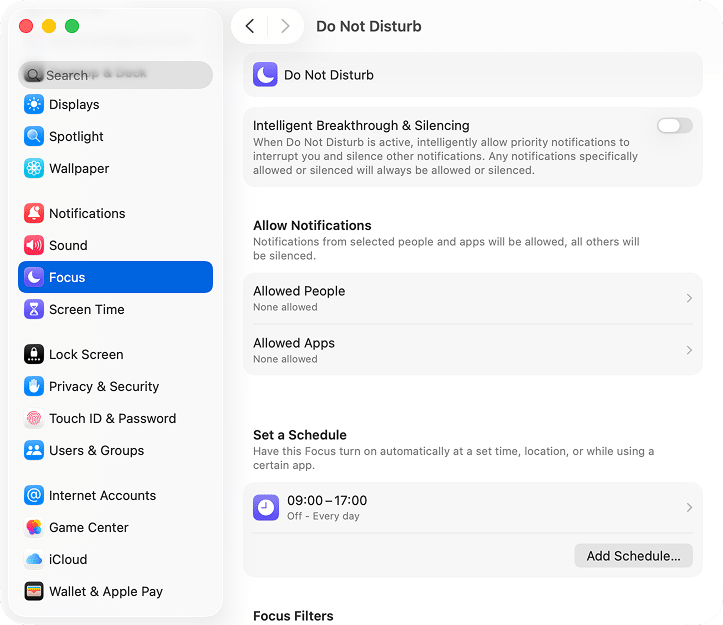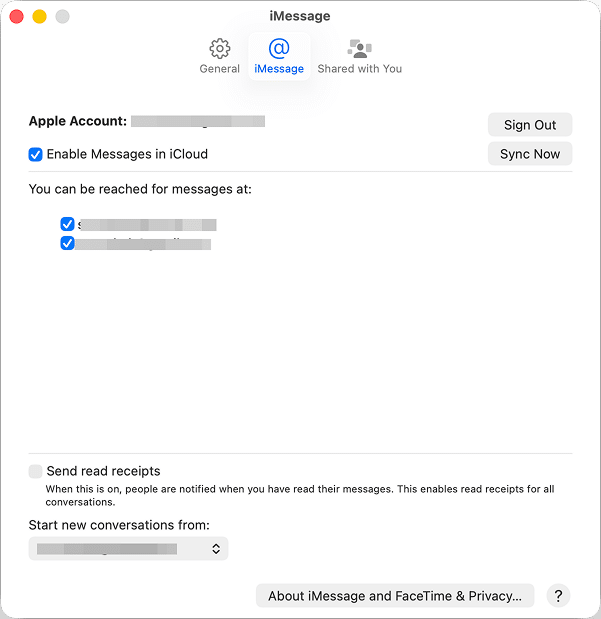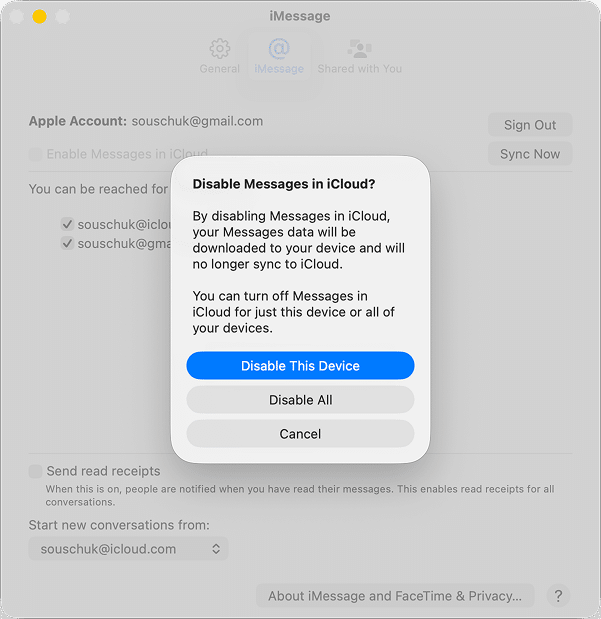November 7, 2025
How to turn off messages on Mac
Apple’s macOS includes the Messages app, which syncs your conversations across devices. Many users do not need it on their Mac, either because they want to silence notifications or stop receiving messages entirely.
As a tech enthusiast, I once switched from iOS to Android and quickly realized that Messages was no longer useful on my Mac. That experience inspired me to write this article, where I will show you several Apple-native ways to turn off Messages on Mac.
How Messages work
Before you start turning off Messages on macOS, it is useful to understand how the app works. This will help you decide what exactly you want to disable.
The Messages app combines two systems: iMessage (Apple’s own messaging protocol) and standard cellular text messaging (SMS, MMS, RCS).
iMessage works only between Apple devices, so you cannot send an iMessage to someone who does not use a Mac, iPhone, or iPad.
SMS and MMS, on the other hand, appear as green bubbles and can be sent to any phone, even an older one. However, sending them from a Mac requires a nearby iPhone signed in with the same Apple ID. Since Macs have no cellular radios, they rely on the iPhone as a relay. This same integration with iPhone also enables features like call handoff, FaceTime continuity, and AirDrop.
With this in mind, let’s move on to the different ways you can turn off Messages on your Mac.
Ways to turn off Messages
Now that you know how Messages work, here are the main options for disabling them on your Mac. Pick the method that best fits your needs and follow the instructions.
- If notifications are the only issue, go to How to mute Messages notifications on a Mac. This method also works for silencing other unwanted app notifications.
- If you want notifications silenced only when you are busy, see How to use Focus mode to silence Messages notifications on a Mac.
- If you no longer want Messages at all on your Mac, follow How to turn off Messages on Mac completely.
All of these methods can be reversed so that you can restore the original settings anytime.
Note:
This article has been updated for macOS Tahoe 26, but the instructions are mostly the same for other versions of macOS.
How to mute Messages notifications on a Mac
If you simply want to silence notifications from the Messages app, you can disable them in System Settings as per the official Apple guide.
- Open System Settings.
- Go to the Notifications section.
- Scroll down and select Messages from the list of apps.
- Turn off the toggle for Allow Notifications.
Once you do this, your Mac will no longer alert you when new messages arrive.
Note:
This way, you can also disable notifications for any other messages (e.g., Discord or Signal) that bother you.
How to use Focus mode to silence Messages notifications on a Mac
Focus mode lets you silence notifications only when you need to concentrate. In macOS, the Focus section offers two options: Do Not Disturb and Reduce Interruptions. If Apple Intelligence is enabled, you also get access to Intelligent Breakthrough & Silencing, which decides which notifications to show based on their importance.
Here is how to set it up:
- Open System Settings.
- Go to the Focus section.
- Choose either Do Not Disturb or Reduce Interruptions.
- If Apple Intelligence is available, enable Intelligent Breakthrough & Silencing in the menu.
- Optionally:
- In the Allow Notifications section, set which people or apps are always allowed to notify you.
- In the Set a Schedule section, choose the days and times when Focus should be active by default.
After setup, you can turn Focus on or off from Menu Bar Controls → Focus, then pick the mode you just set to temporarily all notifications, including Messages ones but excluding the ones you previously allowed.
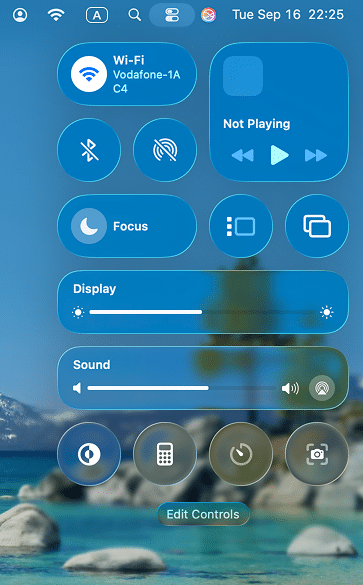
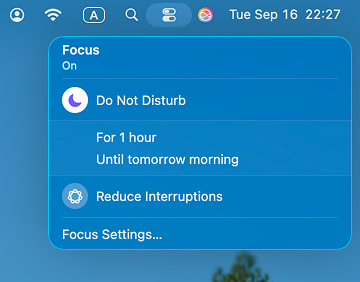
How to turn off Messages on a Mac completely
If you do not want to receive any messages on your Mac at all, do these three steps:
- Open the Messages app.
- In the menu bar, click Messages and select Settings… (shortcut: Cmd + ,).
-
Switch to the iMessage tab.
Now, you have two options to stop getting messages on your Mac:
1) Sign out of iMessage. This way is recommended if you’re using a shared Mac and want to tighten security. For that, simply click Sign Out next to your Apple ID and then confirm the action.
After this, you will no longer receive iMessages on your Mac, which is equal to the Messages app being turned off.
2) Keep your Apple ID signed in but disable messages on this device (recommended if it’s your own Mac and you might want to turn Messages on later). For that, uncheck Enable Messages in iCloud and then click Disable This Device.
After this, your Messages app won’t get any incoming messages to show and annoy you with.
Closing note
Messages on Mac can be convenient, but not everyone needs them. Some users prefer to keep work and communication separate, while others, like me, simply switch away from iPhone and no longer rely on Apple’s messaging system.
Whatever your reason, macOS makes it simple to either mute notifications or turn Messages off entirely. The best part is that all of these steps are reversible, so you can always bring Messages back if your needs change.










